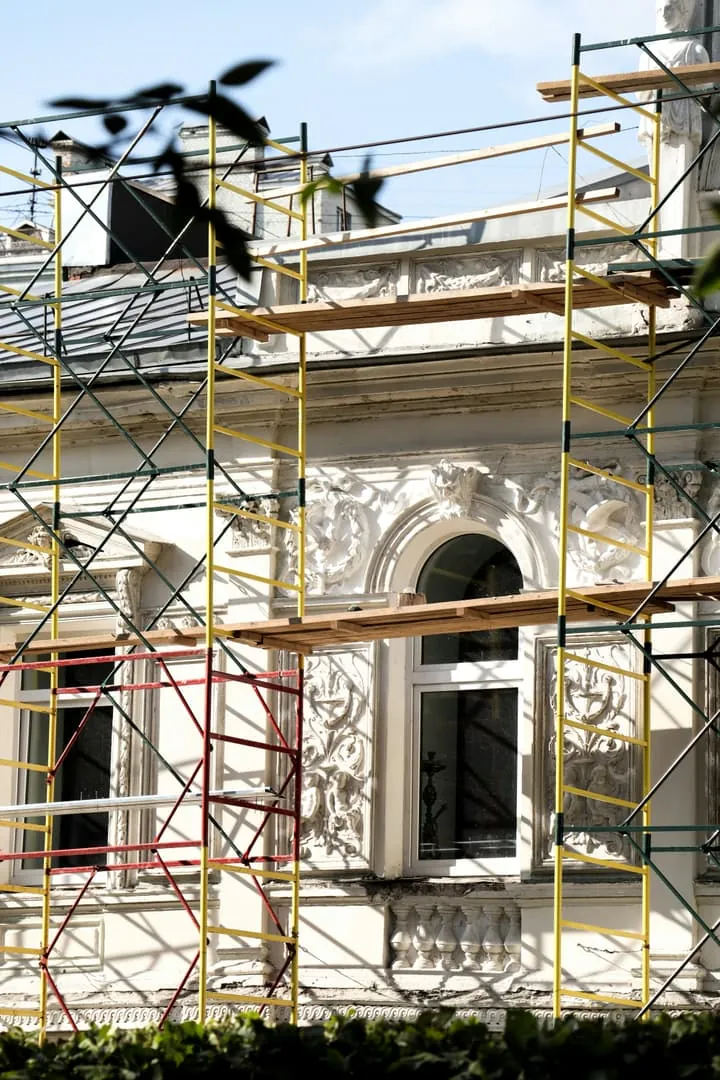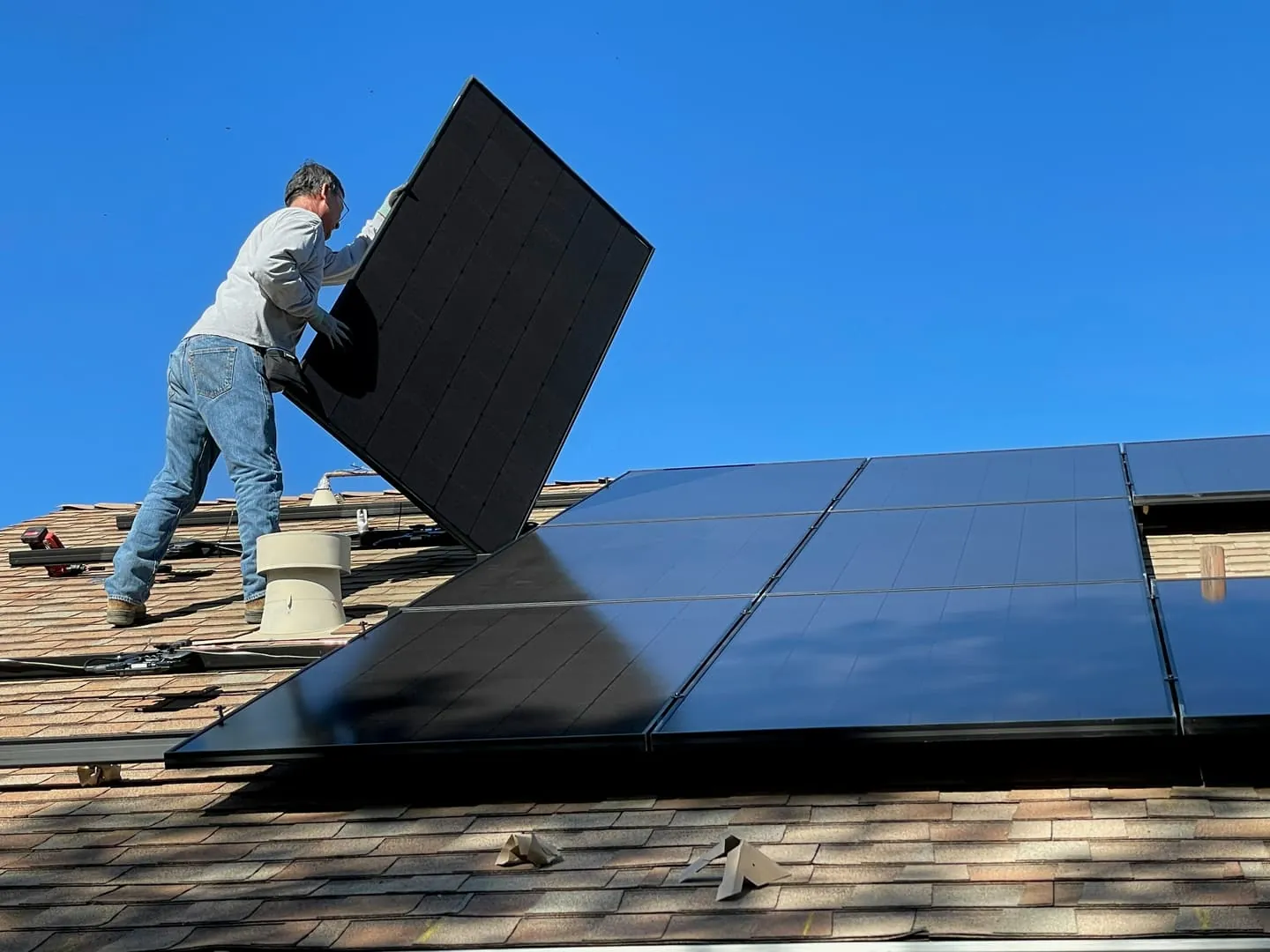
Passive Homes: When Technology Makes Sustainability Comfortable
A home that almost heats itself, wasting nearly no energy — once a dream for architects, now a reality. In 2025, passive homes are no longer for eco-pioneers alone. Across Europe, families are embracing them for their tiny bills and year-round comfort.
1. The principle: using what nature offers
A passive home isn't one without heat — it's one that needs almost none to stay cozy. The secret lies in harnessing natural gains — sunlight, body warmth, and airflow. The building becomes an insulating shell, keeping warmth in during winter and heat out during summer. Born in Germany in the 1990s, the 'Passivhaus' standard limits energy use to under 15 kWh/m² per year. A typical house exceeds 150. For more context on energy-efficient heating, see our guide on eco-heating comparison 2025 and heat pumps in France.
2. Insulation: the system's core
Walls, windows, and roofs are highly efficient. Triple glazing, airtight seals, and no thermal bridges mean heat stays inside. Mechanical ventilation with heat recovery reuses up to 90% of outgoing warmth — maintaining stable, fresh air year-round. For complementary energy-saving strategies, check our 5 habits to cut your heating bill and winter home prep guide.
3. A home that breathes better
Tightly sealed doesn't mean stuffy. Ventilation filters pollen, dust, and humidity, often improving indoor air beyond outdoor levels — a relief for allergy sufferers. Learn more in our autumn indoor air quality article.
4. Solar power: the natural ally
Photovoltaic and solar-thermal panels cover most heating and hot water needs. Some homes even become positive-energy buildings (BEPOS), producing more than they consume. Governments across Europe still support self-consumption and home battery systems in 2025. Interested in solar? Read our guide on second-hand solar panels to reduce upfront costs.
5. The cost: investment that pays off
Building or retrofitting to passive standards costs 10–20% more initially, but energy bills drop by up to 90%. Within a decade, savings outweigh costs — and comfort is unmatched: no cold zones, no noise, no condensation. For more energy-saving strategies, explore our space heaters guide and humidity-heating balance tips.
6. Modern design
Passive houses shed their boxy look. Architects mix wood, hemp, and glass with smart tech. Green roofs, ventilated façades, and sunlight-oriented windows define the new aesthetic.
7. Renovation: the next frontier
Over 80% of Europe's housing predates 1990. The real challenge is smart renovation. Natural insulation materials and passive retrofit kits bring old homes close to new standards.
8. European pioneers
- Darmstadt, Germany — the cradle of Passivhaus. - Innsbruck, Austria — passive university campus. - Lille, France — new neighborhoods where homes produce their own energy.
9. Conscious living
Living in a passive home means adjusting habits — airing rooms differently, cooking efficiently, syncing with daylight. It's not constraint, but a refined relationship between comfort and awareness. Similar mindful approaches can be found in our slow mornings, greener days and reducing stress with green routines articles.
People also ask
Can passive homes exist in cities? → Yes, with good orientation and acoustic design. What's the difference between passive and low-energy houses? → Passive uses about one-third the energy. Can old homes be made passive? → Yes, through 'EnerPHit' retrofits.
10. The future: gentle autonomy
Tomorrow's passive homes will join local micro-grids. AI will manage heat, light, and power flows. Sobriety will no longer mean effort — it will simply feel natural.
Conclusion: Passive homes aren't a tech utopia — they're a cultural shift. They prove that comfort and sobriety can coexist. A quiet luxury for the future, where every calorie and sunbeam matters.
About the author:
Alexandre Dubois is a European sustainability enthusiast who shares practical, tested tips for everyday life. From saving on household energy to reducing waste, he focuses on simple changes that deliver real impact. He writes from personal experience, testing solutions in his own home before recommending them. Contact: info@greendailyfix.com
Related posts

Eco Heating 2026: The Sustainable Trends to Watch Now
Winter 2025–2026 marks a key turning point. With fluctuating energy prices, French households are turning toward greener, more stable, and local heating solutions. In 2026, three major trends stand out: hybrid heat pumps, domestic biogas, and smart thermal storage. Here's how they're reshaping the way we heat our homes sustainably.

Heat Pump or Full Eco-Renovation: What Should You Choose in 2025?
With rising energy costs and growing environmental pressure, more French homeowners are asking: Should I install a heat pump or go for a full eco-renovation? In 2025, both paths receive strong subsidies — yet their goals, timelines, and returns differ. Here's the complete guide to understanding, comparing, and choosing the best long-term investment for your home.

Green Insulation 2025: The Hidden Power of Eco-Friendly Materials
Insulation is the invisible core of every successful renovation. In 2025, eco-friendly materials — hemp, wood fiber, cork, cellulose — are moving from niche to norm. They combine thermal efficiency, comfort, and low carbon impact. Here’s how natural insulation is reshaping homes and energy bills.

Solar Energy in France 2025: Subsidies, Self-Consumption & Real ROI
More French households than ever want to produce their own electricity. With rising energy bills and a push for independence, solar power in 2025 has become France's most profitable green choice. But with new grants, feed-in tariffs, and evolving self-consumption rules, things can get confusing. This guide breaks down all 2025 solar subsidies, ROI scenarios, and smart installation choices.